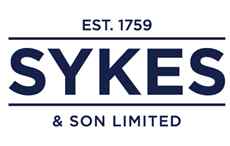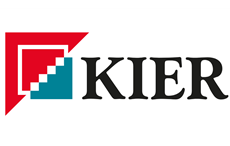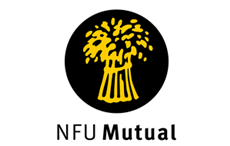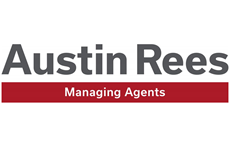Emergency Callout 0800 030 4360 | Email Us | Enquire Online
Fire Damage Cleanup & Soot Removal Services
The after-effects of a fire can leave long-lasting odours and unsightly staining while untreated soot will delay the safe return to your home or your business. At the same time, attempting to simply wipe away soot damage will likely make matters worse. Wiping pushes tiny soot particles deeper and deeper into the affected surface, whether that’s walls, ceilings, doors, or other surfaces.
Our fire damage cleanup and soot removal services
It doesn’t matter if your property is modern or listed, indoors, or out, any surface, including unfinished porous building surfaces such as stone, brick, and timber are at risk. At CPL t/a Rainbow Restoration we have the technical expertise and equipment you need. We can deal with all levels of soot bonding and odour penetration on all types of unfinished surface. Every combination of building and fire is different. Therefore, the way we approach soot removal at any property differs according to a number of factors. This means that to provide the best outcome for you, every solution we create is site specific such as working within local Conservation Office rules for listed buildings.
Call us today on freephone 0800 030 4360 available 24/7, 365 days a year to clean up your soot damage.
Call us on 0800 030 4360
Email us at [email protected]
There are a number of key factors we consider before developing the most effective system for removing soot damage.
- Is the fire damage internal or external? When the soot damage is inside a property any removal method using water will not be suitable.
- What type of fire was it?
- What burned in the fire?
- Where is the property in relation to other properties? For example, is it a detached property or is it part of a terrace? Perhaps it is in the communal area of a block of apartments or an office building.
- How durable and hard is the affected surface?
By answering these questions first, we can provide a comprehensive soot removal service that’ll minimise the long-lasting effects of fire damage, while keeping other buildings and people in the area safe.
Following a fire, there is always soot damage to clean up. The level of soot bonding and how deep odours have penetrated into materials depends on the type of fire as well as the items that burned during the fire. There are two main types of fire: the slow burning fire and the fast burning fire. Additionally, different materials such as paper, plastic, wood, solvents, inks, paints, food, or oil will all create different soot types with varying chemical makeups which need to be assessed before cleaning. It is important to employ professional soot removal as soon as possible. The longer soot sits on a surface, the higher the risk of permanent soot damage.
Slow burning fires occur in spaces with reduced access to oxygen, therefore, we would expect fires in small, enclosed spaces such as a cupboard or a garage to burn slowly. The smoke this type of fire produces contains a high proportion of odour which can be difficult to remove from porous building surfaces, especially if left untreated for more than 48 hours.
Where fires have a ready supply of oxygen they will be fast burning. Fast burning fires are most common where the fire breaks the windows or the roof of the building. The flames would then go up the outside of the building, causing soot damage to the façade. These fires produce a huge amount of black soot. The precise nature of that soot depends entirely on what was the fuel for the fire.

Case Study
Commercial Fire Damage, Portsmouth
We dealt with the aftermath of a fire at a commercial premises caused by a vehicle in the workshop. We cleaned and removed soot and melted ceiling tiles to get the premises ready for redecoration, minimising downtime for the dealership.
View Project




















